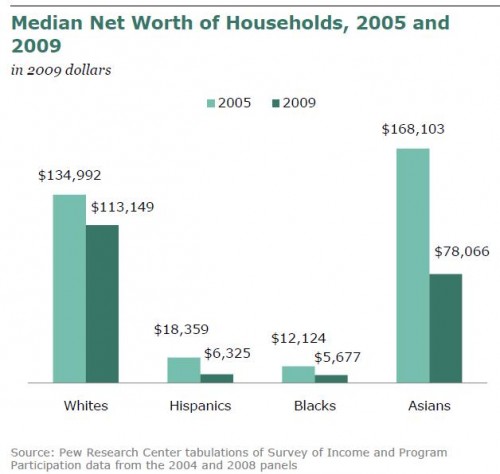Back when we were kind of obsessed with “man” and “woman” symbology — e.g., whether traffic lights ever include female figures, how stick figures tend to be male, unless they’re parenting, the weird world of default avatars, and also this interesting alternative symbol for disability — I had considered writing a post featuring the then-stewardess, now-flight attendant icon seen on airplanes. Airplanes have a longer life than cars and, so, many of the airplanes operated by commercial companies still have the old stewardess icon: a friendly round head with a dress. These were old planes though, I figured, so the post wouldn’t pack much of a punch. They were like that, back then, after all.
Lo and behold, MirandaB took a flight on Delta and snapped a photograph of an undeniably modern incarnation of the friendly round head:
Delta chose to use a digitally-skirted stick figure on its task screen. Just to be clear, Delta still, in 2011, feels comfortable representing “flight attendants” as 100% female. That’s a win with the language, a fail with the symbology.
According to the Bureau of Labor Statistics, women account for 81% of flight attendants, not 100% by a long shot. But you can see why men might be reluctant to join their ranks.
Also in gender, sexism, and air travel: Sexism in Aviation, Then and Now, Selling Feminine Passivity, “Singapore Girls” and Emotion Work, and Fly the Unfriendly Skies.
Lisa Wade, PhD is an Associate Professor at Tulane University. She is the author of American Hookup, a book about college sexual culture; a textbook about gender; and a forthcoming introductory text: Terrible Magnificent Sociology. You can follow her on Twitter and Instagram.


















